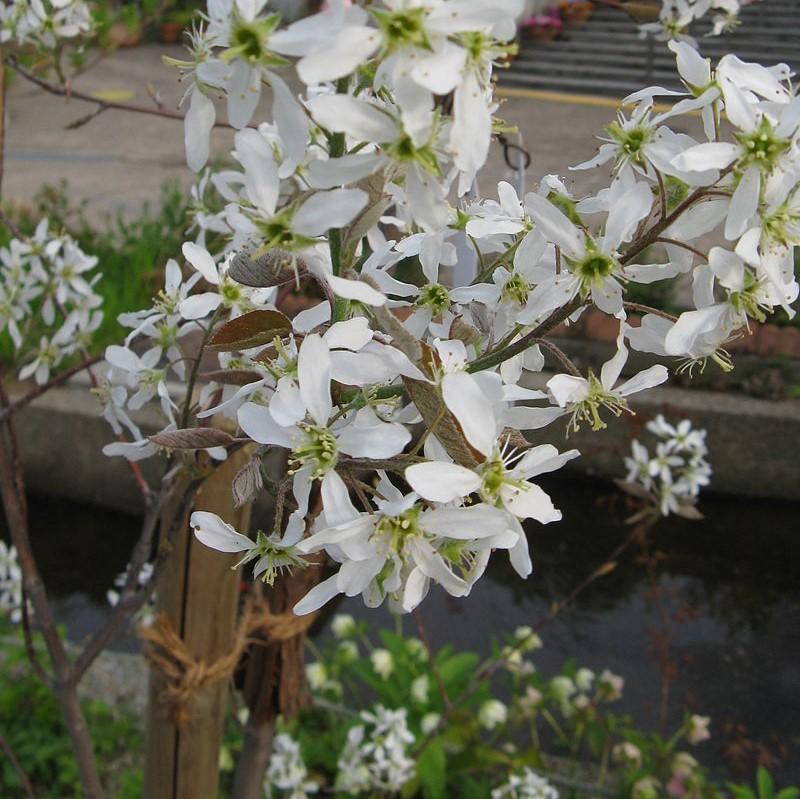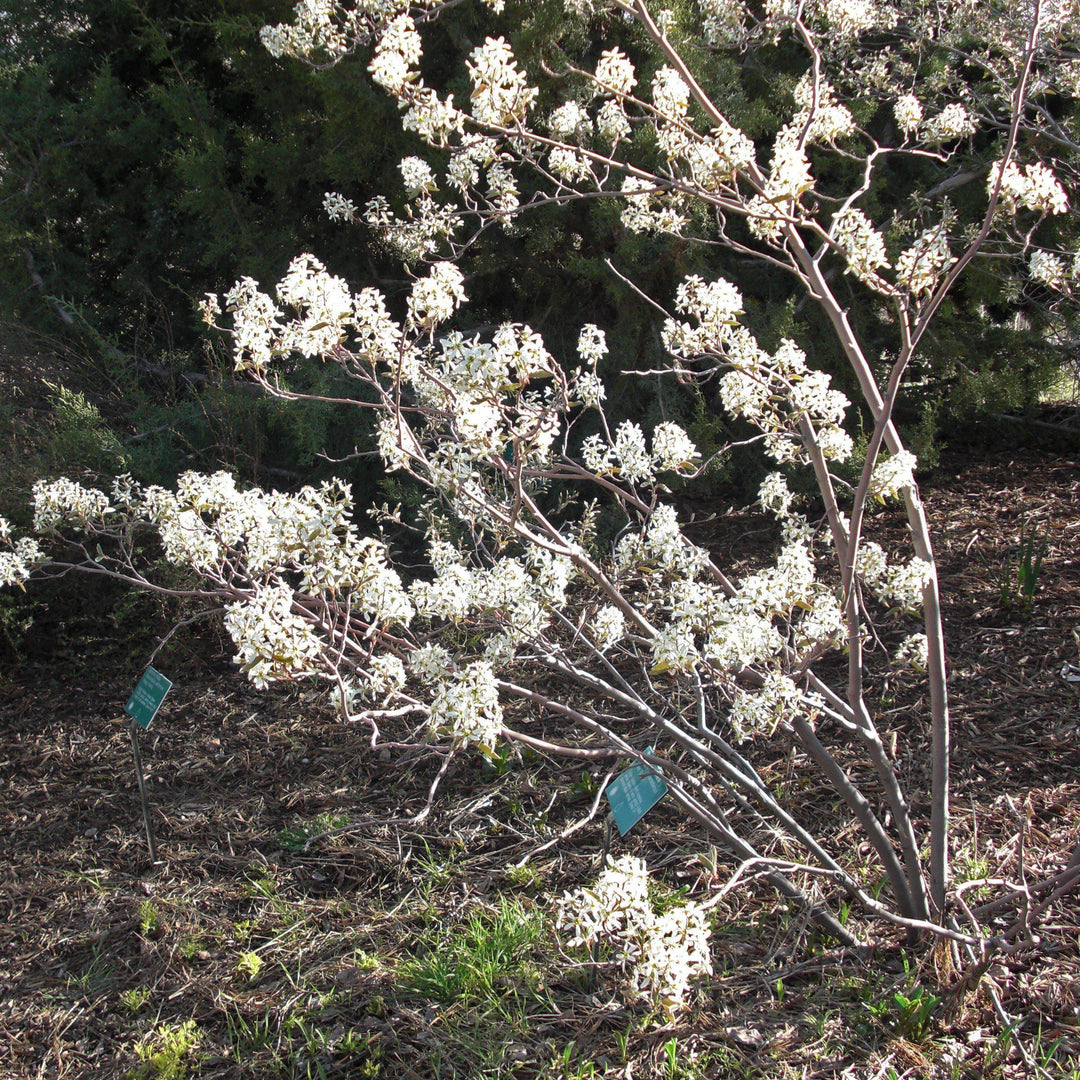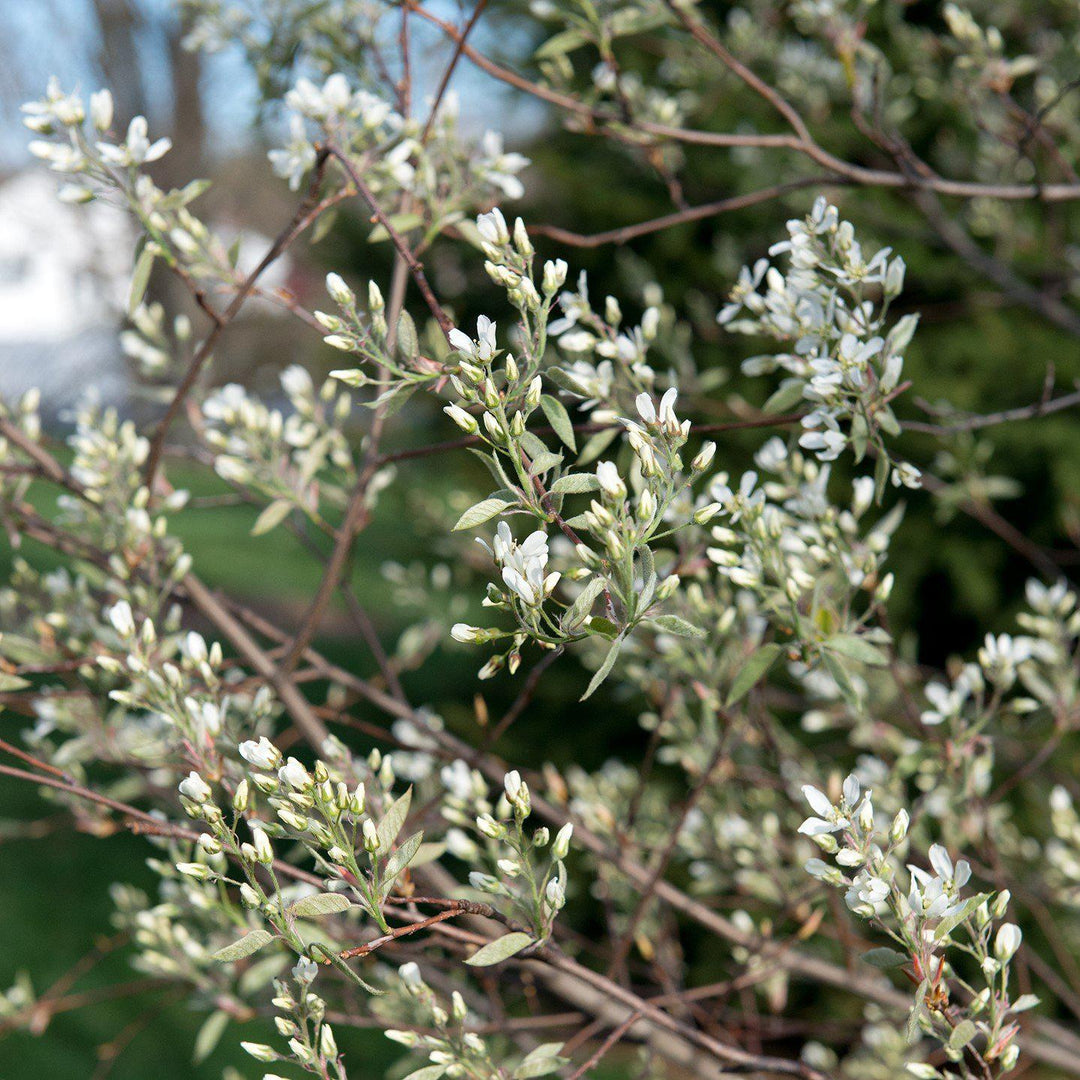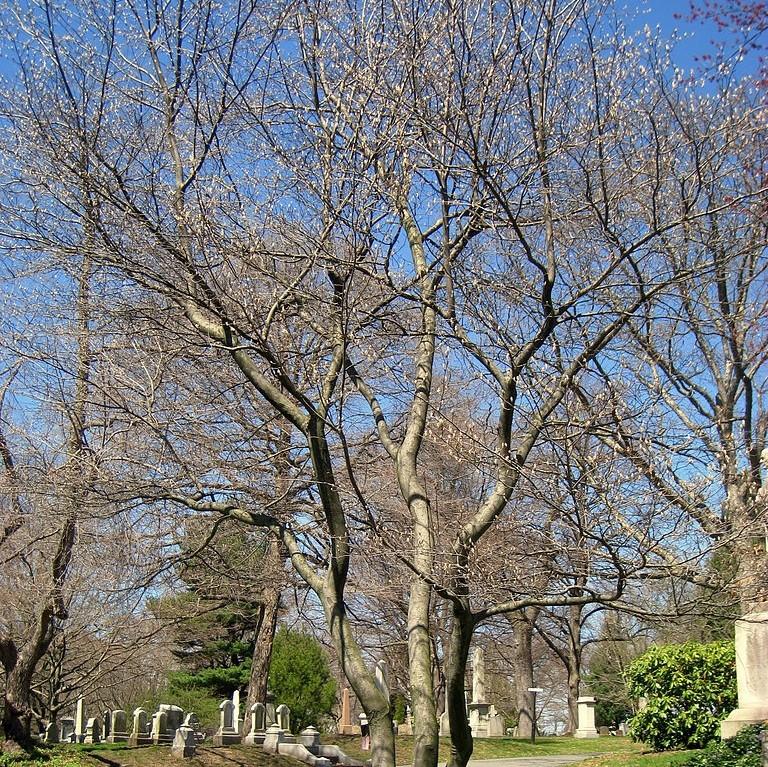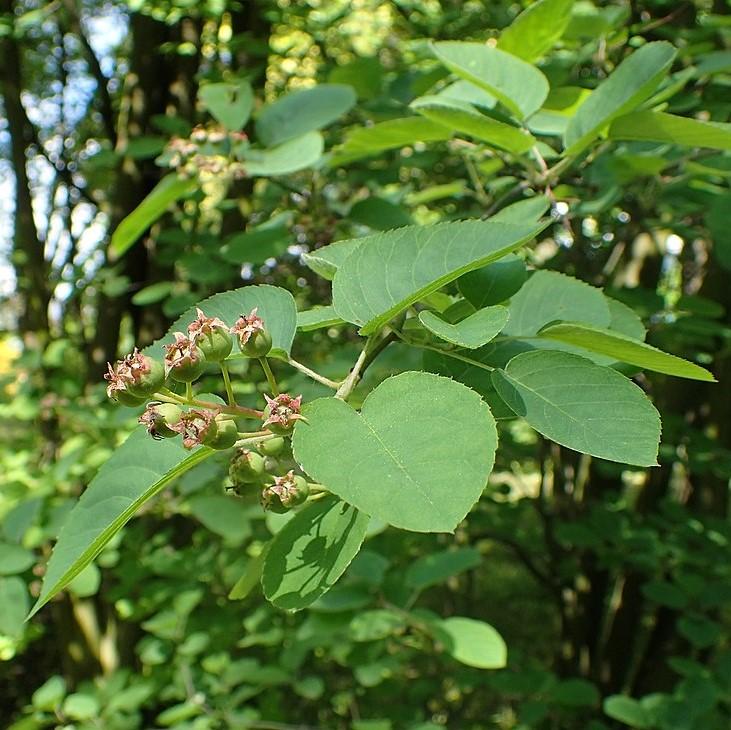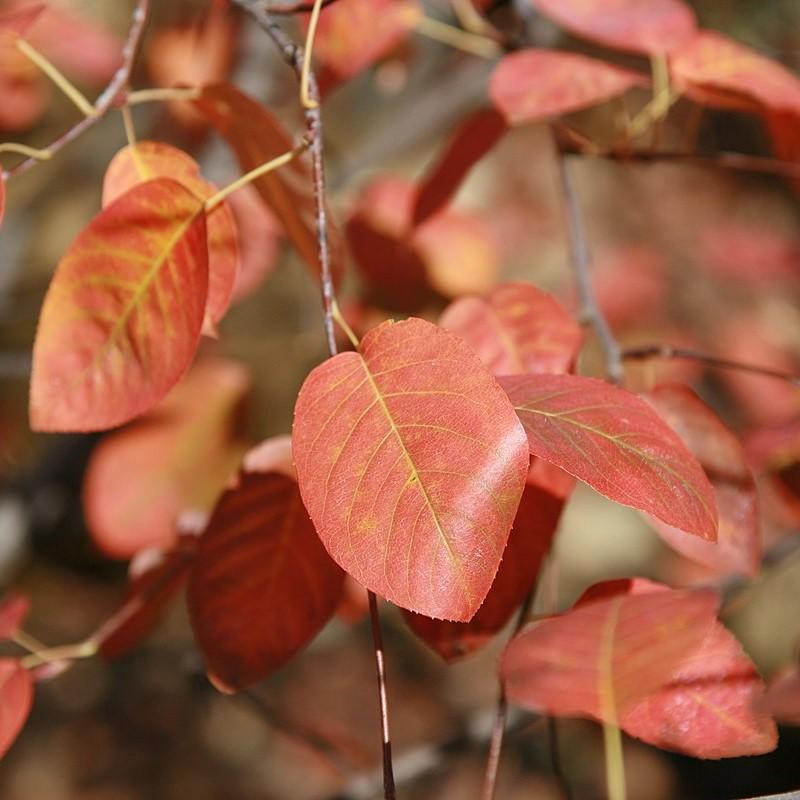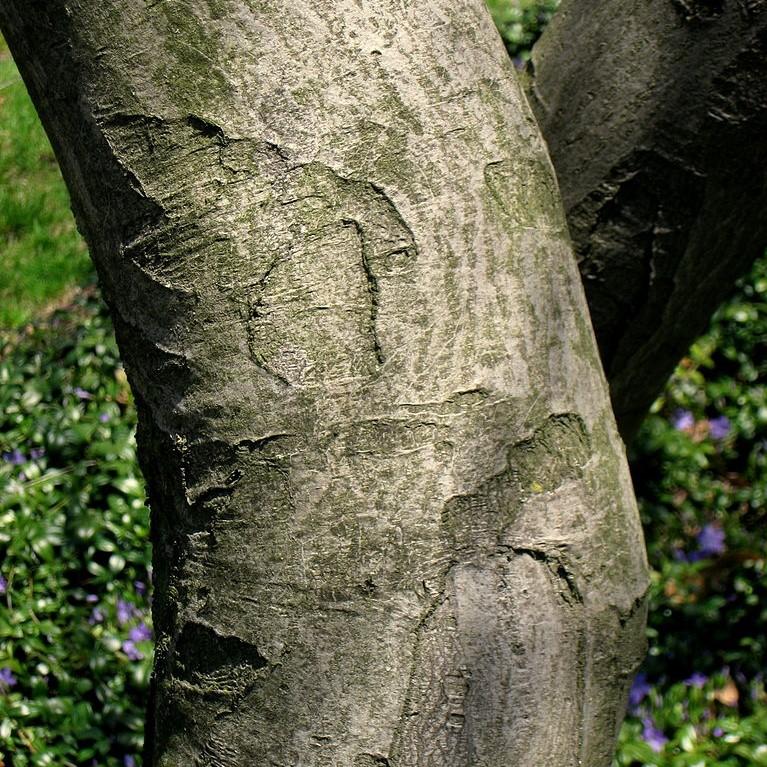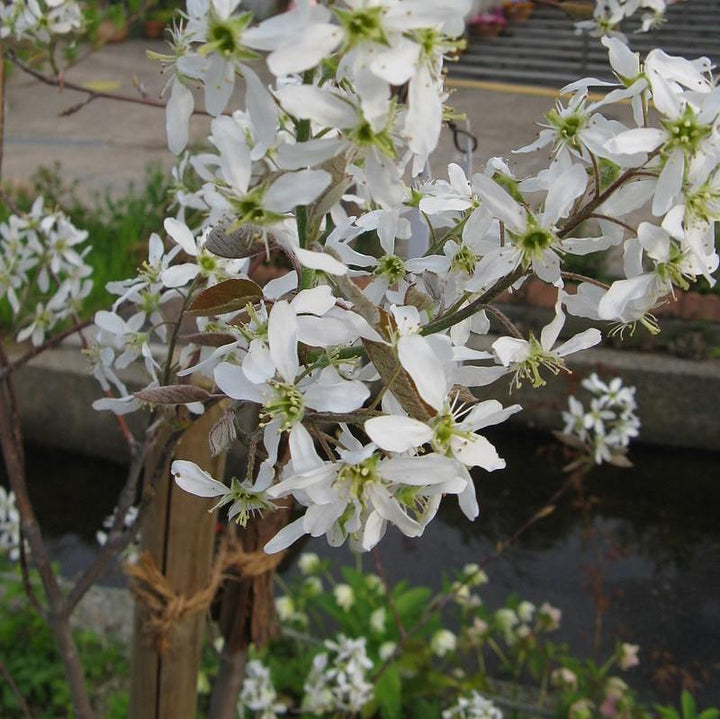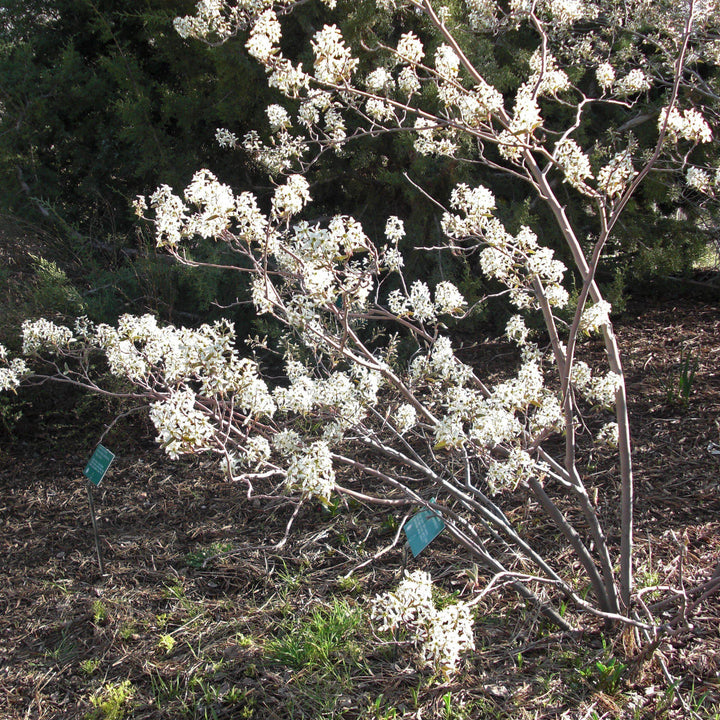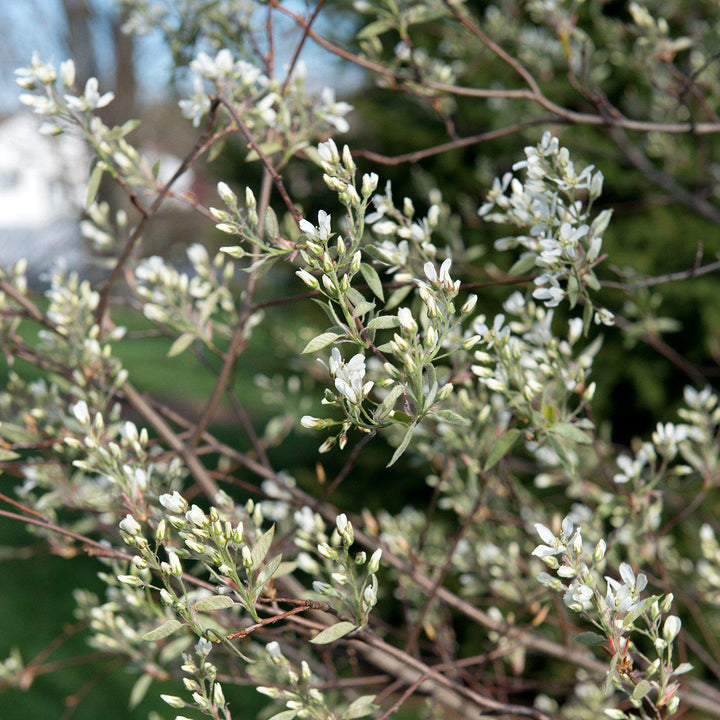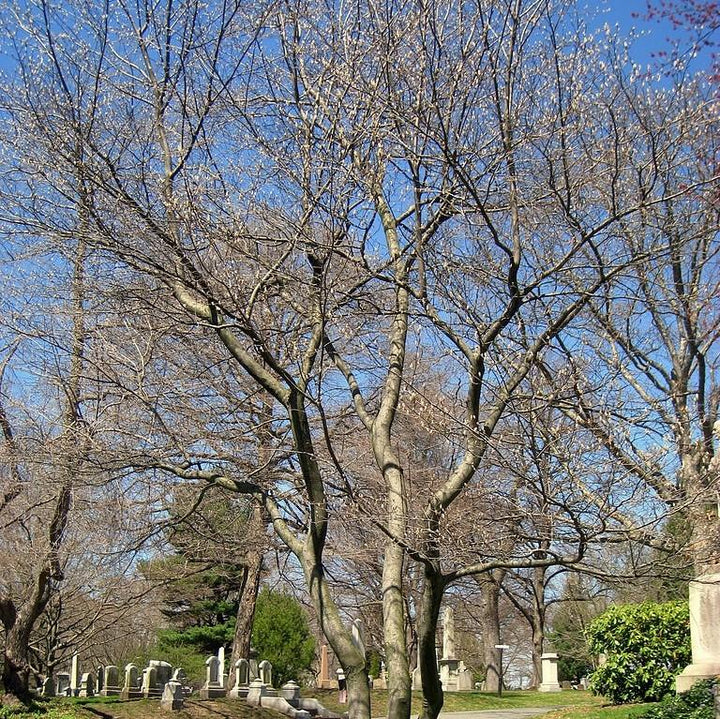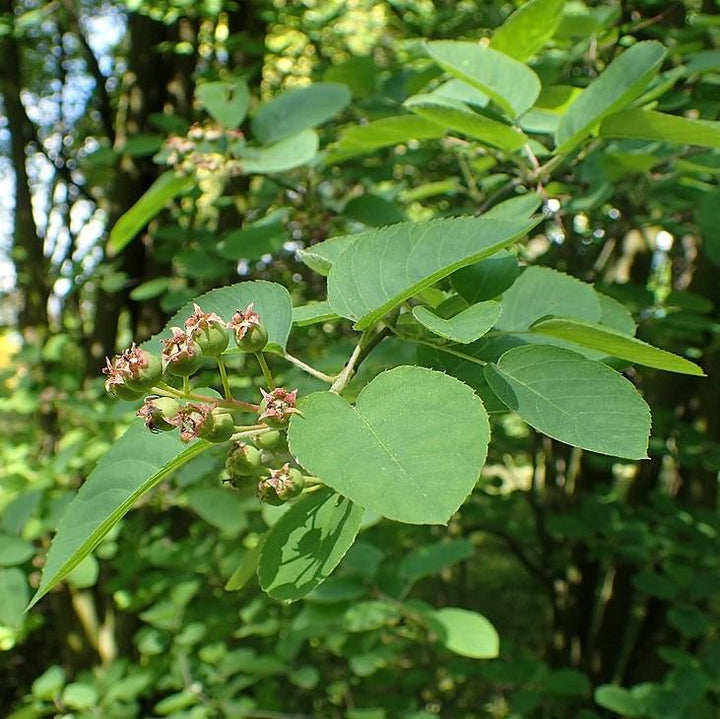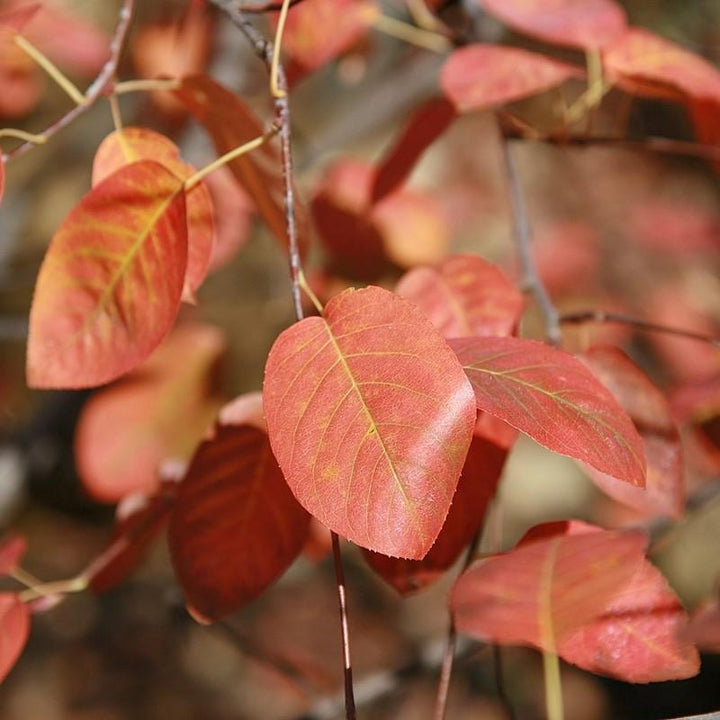Shadblow Serviceberry
Amelanchier canadensis
- 2 available.
- Coming Soon
- Locally Grown
A bare-root seedling is a young plant that is sold and
transported without soil or a container, only during the dormant season. These
seedlings are usually shipped without any soil or potting medium around them.
They are a common way to establish trees and shrubs. Here are some key
characteristics of bare-root seedlings:
No Soil or Container: As the name suggests, bare-root
seedlings are devoid of soil or any form of potting medium. The roots of the
plant are without soil and are typically wrapped in a plastic liner to prevent
them from drying out during transportation.
Dormant Season: Bare-root seedlings are typically available
and shipped during the plant's dormant season, which is usually in late fall through
winter. This is when the plant is not actively growing, making it easier to
handle and transport.
Easy Handling: Because they lack soil and containers,
bare-root seedlings are lightweight and easy to handle. This also allows them
to be shipped using UPS and FedEx ground services.
Planting a bare-root seedling is a straightforward process
if you follow the right steps. Here's a step-by-step guide on how to plant a
bare-root seedling:
Materials Needed:
- Bare-root seedling
- Shovel or spade
- Watering can or hose
- Organic compost (optional)
- Mulch (optional)
Steps:
Prepare the Site: Choose a suitable planting location making
sure the area is free from weeds and debris.
Dig a Hole: Use a shovel or spade to dig a hole that is wide
enough to accommodate the spread-out roots of the seedling and deep enough to
allow the roots to be positioned at their natural depth. The exact dimensions
of the hole will depend on the size of the root system, but a typical depth for
most bare-root seedlings is about as deep as the roots and wide enough to allow
for proper root spreading.
Soak the Roots: Before planting, it's a good idea to soak
the bare-root seedling's roots in a bucket of water for a few hours. This will
help rehydrate the roots and reduce transplant shock.
Position the Seedling: Place the seedling in the center of
the hole, ensuring that the roots are spread out and not bent or cramped. The
crown (the point where the stem meets the roots) should be at or slightly above
ground level.
Fill the Hole: Backfill the hole with soil, packing it gently
as you go to eliminate air pockets. Ensure that the soil is in contact with the
roots. If you have improved your soil with organic compost, you can mix some of
it with the backfill soil.
Water Thoroughly: After planting, water the seedling
thoroughly to settle the soil and provide moisture to the roots. Keep the soil
consistently moist in the weeks following planting, but avoid overwatering, as
this can lead to root rot.
Apply Mulch (Optional): To conserve moisture and control
weeds, you can apply a layer of mulch around the base of the seedling. However,
be sure to keep the mulch away from the stem to prevent moisture-related
issues.
Stake If Necessary: If your seedling is tall and likely to
be top-heavy or subjected to strong winds, you can stake it to provide support.
Use soft ties to secure the tree to the stake, allowing some flexibility for
natural movement.
Monitor and Care: Regularly monitor the newly planted
seedling for signs of stress, such as wilting or yellowing leaves. Keep up with
a consistent watering schedule and consider adding fertilizer or nutrients as
needed based on soil tests and plant requirements.
Protection: If planting during the winter, consider
protecting the seedling with a winter wrap or tree guard to shield it from
harsh weather.
The Shadblow Serviceberry, scientifically known as Amelanchier canadensis, is a lovely deciduous tree or large shrub that is native to North America. It is highly regarded for its early spring blooms, edible berries, and attractive fall foliage.
The Shadblow Serviceberry produces clusters of delicate white flowers in early spring, often before the leaves emerge. These flowers are a welcome sight after the winter months and provide a source of nectar for pollinators. Following the flowers, the tree produces small, edible berries that are often enjoyed by birds and wildlife.
This tree thrives in full sun to partial shade and prefers well-draining soil. It is relatively low-maintenance and can tolerate a range of soil conditions. Regular watering is important, especially during dry periods, to keep the soil consistently moist.
|
Type: |
|
|
Origins: |
Eastern N. America, GA Native |
|
Height: |
25' - 30' |
|
Spread: |
15' - 20' |
|
Spacing: |
18' |
|
USDA Hardiness Zone: |
4 - 8 |
|
Culture: |
|
|
Bloom Color: |
White |
|
Season of Interest: |
MAINTENANCE NEEDS: Low maintenance. Rust, leaf spot, blight, and powdery mildew are occasional disease problems. Sawfly, leaf miners, and borers are occasional pests.
LANDSCAPE USES: Group Plantings or Specimen Tree, Naturalized Areas, Wildlife Gardens, Woodland Gardens, and Shade Tree.
COMPANION PLANTS: Oakleaf Hydrangea, Dogwood, Joseph's Coat
IMAGES: I, KENPEI, Amelanchier canadensis1, CC BY-SA 3.0, (2) Krzysztof Ziarnek, Kenraiz, Amelanchier canadensis kz03, CC BY-SA 4.0, (3) Photo by David J. Stang, Amelanchier canadensis 2zz, CC BY-SA 4.0, (4) Photo by Plant Image Library, Amelanchier canadensis, (5) Photo by Andrey Zharkikh, 2009.04.22_18.19.42_CIMG0408
*As plants have ranges in appearance they may not appear as the images shown.


